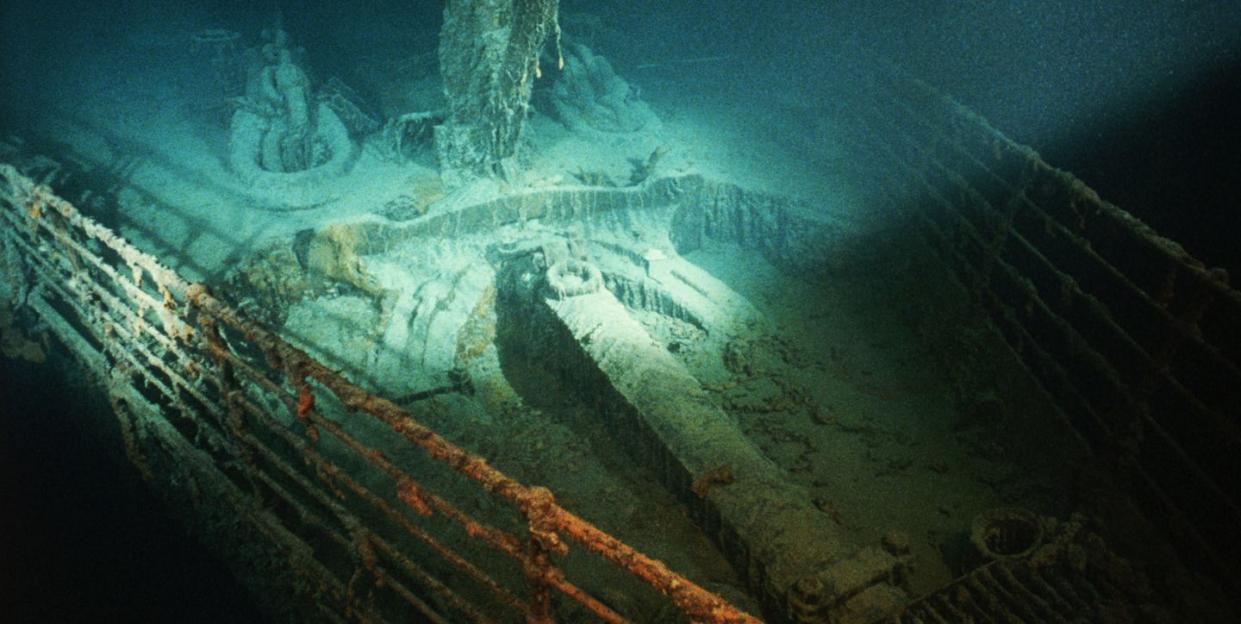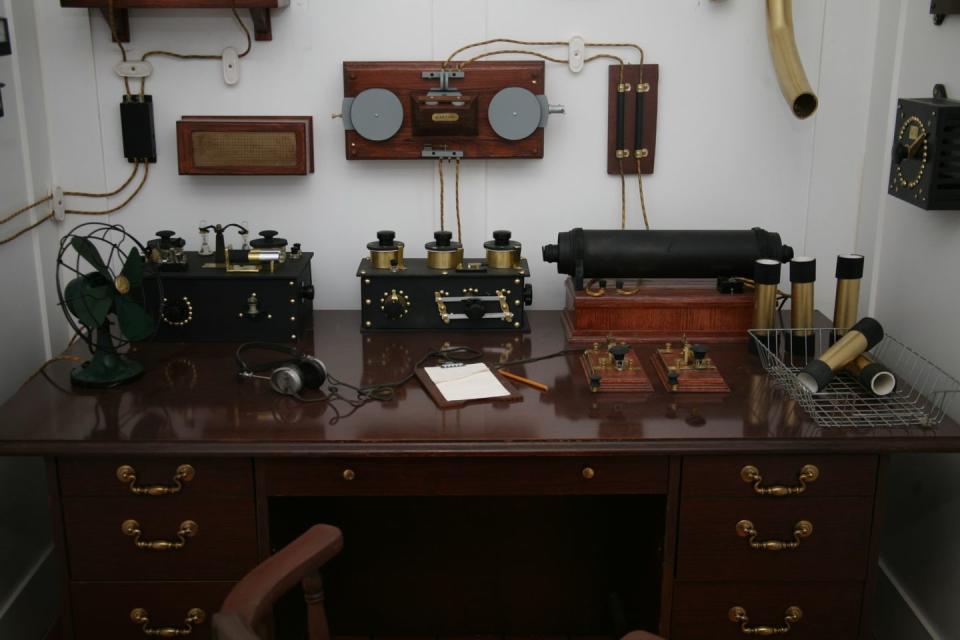Salvagers Plan to Pry Open the Titanic to Retrieve This Treasure

After a court battle, a salvage group plans to retrieve a priceless Marconi radiotelegraph from the wreck of the Titanic.
International law allows for retrieval of artifacts that are in danger of deteriorating.
Marconi's radiotelegraph was the first way to send wireless messages to and from ships on the ocean.
A judge in Virginia has ruled that a designated salvage company can open up the hull of the RMS Titanic to retrieve a valuable piece of equipment: an original Marconi radiotelegraph. And as it has for over a century, the wreck of the Titanic continues to inspire strong opinions and deep curiosity.
Is it right to open up what amounts to a mass grave to loot what’s inside? Does the technological significance of that loot make a difference? These are hard questions, but even after this week’s ruling, the RMS Titanic company must still submit a funding plan for approval before it can begin any work.
Guglielmo Marconi was a gifted, hardworking inventor following closely in the footsteps of fellow radio pioneers like Heinrich Hertz—yes, hertz Hertz. Marconi began experimenting with conductors and radio waves and continued to move his stations farther and farther apart, and after filing a patent and starting a company, he went around pitching investors in largely the same way people do now.
What he developed is called radiotelegraphy: a way to send messages in Morse code over the air instead of over interconnected wires. People believed radio waves could only travel in short distances before they’d fly off into space instead of hugging Earth's rounded surface. Marconi finally proved them wrong with a message from England to Canada in 1901.
By 1912, The Marconigraph magazine advertised, “Marconigrams are accepted by all public telegraph offices in Canada for transmissions to incoming or outgoing vessels fitted with Marconi’s wireless telegraphy.” And, near the back of the issue: “During the last two years all passenger ships of the P. & O. Orient, White Star, and Aberdeen lines have been fitted with Marconi apparatus.”
Titanic was the White Star flagship, and the Marconi radiotelegraph equipment would have taken up an entire room by itself. It’s not the kind of thing divers can zip in and remove without leaving a trace.

The Titanic receives a special amount of attention even among other tragic events and major shipwrecks, but it's still one among many wrecks with complex salvage laws.
“The agreement among the United States, the United Kingdom, Canada, and France concerning the wreck of the Titanic [...] allows for managed dives of both an archaeological nature and to protect artifacts from significant degeneration,” Economics of the Oceans author and researcher Paul Hallwood wrote in 2006. But, Hallwood explained, the deal requires that any “recovered artifacts” stay together and with public access.
Legalities aren’t the only issue at play in this case. There are 1,500 people who died when the Titanic sank on April 15, 1912, and many consider the site of the shipwreck to be a burial site the same as any traditional cemetery. But the governing agreement allows the recovery of items at risk of “significant degeneration,” and that’s where the Marconi radiotelegraph is positioned within the case.
In Hallwood’s 2006 analysis, his team concluded that most wrecks don’t offer enough of a monetary reward for salvage groups to even be interested. But most wrecks aren’t the Titanic, and in this case, most wrecks don’t have an original Marconi radiotelegraph.
If the RMS Titanic group comes back with a budget and receives approval, it can begin opening the ship to remove the priceless piece of equipment. Even so, opponents insist, the cost is much too high.
You Might Also Like

